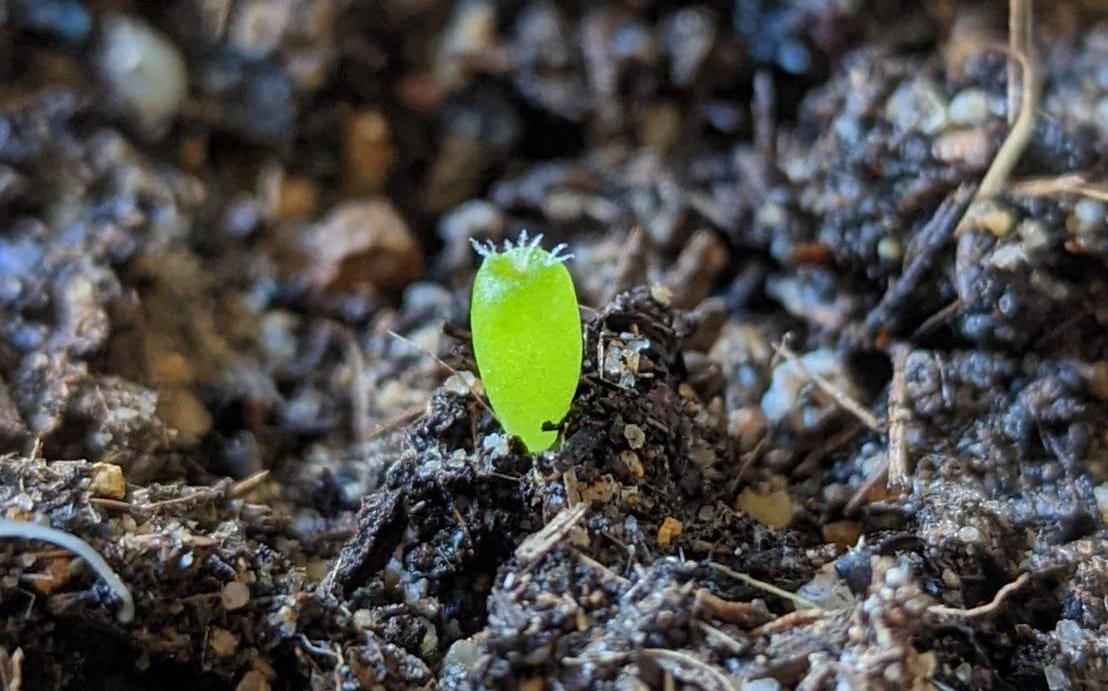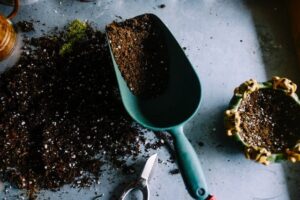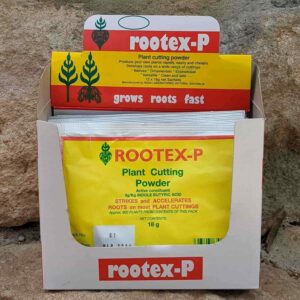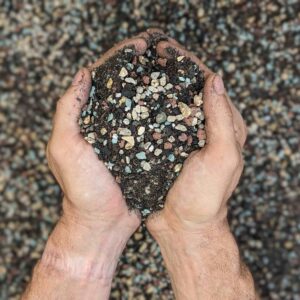There’s something about cacti that captivates almost everyone. Maybe it’s their juicy appearance, or maybe it’s the way they aren’t afraid to poke you with those needles if you tried to have a taste. Whatever the reason, cacti tend to provoke strong reactions in many people. Cacti are a diverse family of plants with around 2000 species found primarily throughout the Americas with the exception of one species which grows in parts of Southern Africa and Sri Lanka. They are known for their characteristic prickly appearance and their fleshy stems, which are both an adaptation to help them cope with hot and dry environments where little moisture is available from the soil or from rainfall. Read on to debunk some common myths about cacti and discover why these unique plants continue to fascinate so many people!
Cacti Don’t Need Water

This is a very common misconception among those who don’t know much about growing cacti. While it’s true that you won’t find many cacti growing in a swamp, they also don’t grow in a completely dry environment either. All plants need some water, Cacti included. In fact, Cacti actually thrive with a considerable amount of water, but the trick is to ensure the soil is rapidly draining and that the roots don’t sit in soggy wet soil. Cacti hate standing water and will develop root rot quite quickly as a result.
A similar misconception is that you should only give cacti a light watering when in fact you should be watering your cacti deeply until water pours out the bottom of the pot, but ensure the soil is almost dry between waterings. In the desert, there are long periods of drought followed by intense seasonal downpours and flooding – we want to try recreate that at home. Naturally, this means watering less often in winter as it will take longer for the soil to dry, but you still don’t want to completely stop watering over winter either.
A good rule of thumb is to poke a finger down into the soil – if it still feels even a little bit wet hold off on watering. Remember, when it comes to cacti – “when in doubt, drought”. They will cope a lot better with too little, than with too much water.
Cacti Need Full All-Day Sun
Cacti are well known for being sun-loving plants – they are associated with the harsh deserts of the American Southwest after all. However, many people are shocked to discover that many of these plants actually do better in partial shade. Some cacti like Saguaros (Carnegiea Gigantea) and Golden Barrels (Echinocactus Grusonii) have evolved dense coverings of spines to create a natural shade cloth to protect the skin/stem of the cactus. These types of cacti will do well in a full sun position, but others have evolved to grow in the shade of small shrubs and bushes and would quickly suffer irreversible sun damage if placed in the same position.
The key is to research the species of cacti you’ve got and to select a location that is suitable. For a good all-round solution a shade house that receives all-day sun is perfect for most species. It is possible to grow cacti indoors, but you’ll need to provide high-intensity artificial light sources, such as full spectrum grow lights.
Cacti Only Grow in the Hot Dry Desert

This one isn’t completely false, but it’s also not true. Whilst the majority of cacti are adapted to hot and dry desert climates, there are also cacti that thrive in temperate regions and even in colder areas, such as the Andes Mountains and quite a few have adapted to coastal regions. Cacti are able to survive in deserts because they have specialized adaptations that help them retain water, such as thickened epidermal tissue and spongy water-absorbing roots. These same adaptations mean that they will also survive in other environments and may even thrive in areas that have slightly more rainfall than the areas they have originated from.
There are even several cacti species that are more tropical in nature and some even grow from trees (Dragonfruit). Cacti are actually more diverse in tropical areas than they are in the deserts of the American Southwest, where only a small percentage of all cacti species are found.
All Cacti Have Spines
Spines are actually modified leaves that have evolved that way to minimise moisture loss and defend from herbivores. This was a necessary adaptation in desert environments where food for herbivores is sparse and a big green water-filled plant would be a beacon for animals. While some cacti evolved spines, but many have none at all; Ariocarpus, Aztekium, Astrophytum to name a few.
In fact, some of the most interesting cacti species in the world don’t have spines – because that means their defence mechanism is either chemical or they are experts at hiding in plain sight. Then there are opuntias – the worst cacti in the world, with their tiny little Glochid spines that get stuck in your skin.
Cacti Are Indestructible
Cacti may be able to survive in some of the harshest climates in the world, but they still need to be cared for properly. Cacti are particularly sensitive to too much water, which may cause root rot, particularly in the form of ambient humidity. Cacti can also be vulnerable to pests, such as mealybugs and spider mites. Cacti are also relatively fragile in their early years of growth, and young cacti should be treated with care and attention.
It’s Impossible to Grow Cacti From Seed

Many people think that cacti are impossible to grow from seed because they treat them like any other plant seed and don’t have any success. Cacti can be challenging, but there are many species that are easy to grow from seed, and most grow easily from cuttings. Cactus seeds can be a little finicky, but they don’t have to be. You just need to follow a few tips to ensure success.
First, start cacti seeds indoors – this gives you more control of the growing conditions and ensures that you’ll have healthy, robust plants when it’s time to plant them in the garden.
Secondly, cacti seeds and seedlings need to be grown in high humidity like a terrarium for the first year or so of their life – this may seem anti-intuitive for desert plants but it’s absolutely necessary. For additional tips on seed germination, we have a full step-by-step guide here.
Cacti Spines Are Poisonous
Cacti are known for their spines, which are actually modified leaves (we cover this earlier in the article), and they are actually very similar to human fingernails in their chemical makeup. It is fairly common to develop infections from cactus spikes which has led some people to believe that they are poisonous, which is not true. These infections are caused by bacteria that may call those spikes home. So, poisonous? No. Filthy from being out in the elements? Most likely.
Conclusion
Cacti may not be a typical houseplant, but they’re a fun and unusual choice that stands out from the crowd. They can also be a great choice for anyone who loves their plants on the lower care side as cacti are incredibly easy to care for and can thrive in almost any environment. Cacti may seem mysterious and a little intimidating to some people, but they are actually very easy to grow and are a great choice for anyone who wants a unique plant but doesn’t have a green thumb! Now that you know the truth behind these myths, you can get started on growing your very own cacti!



